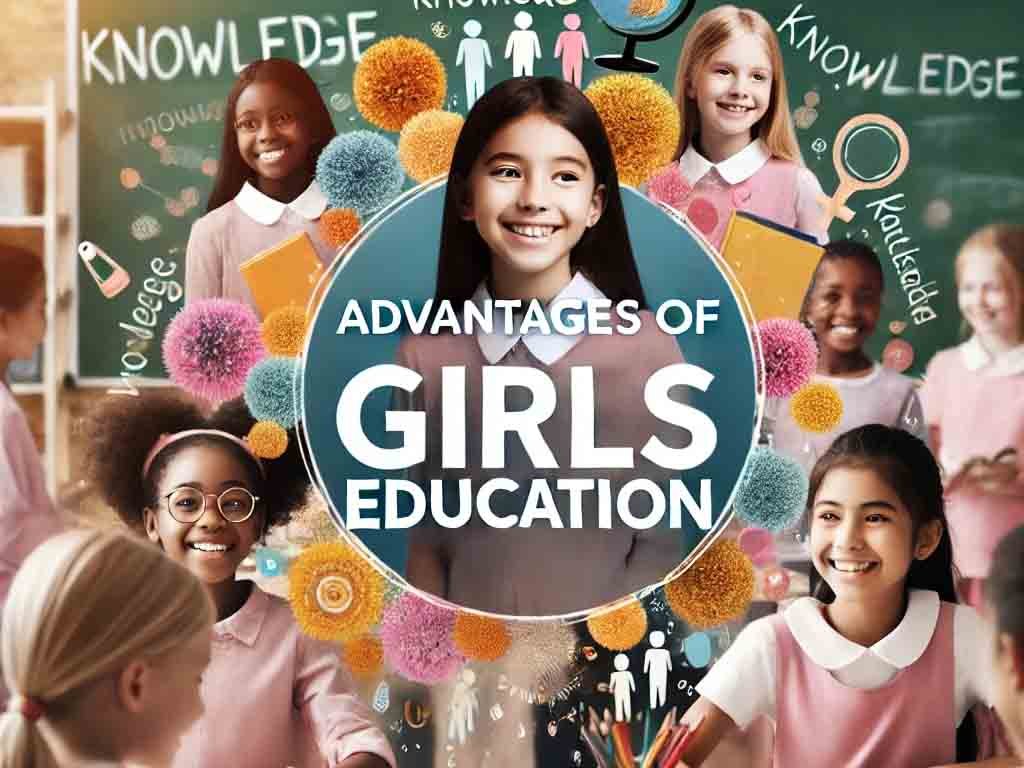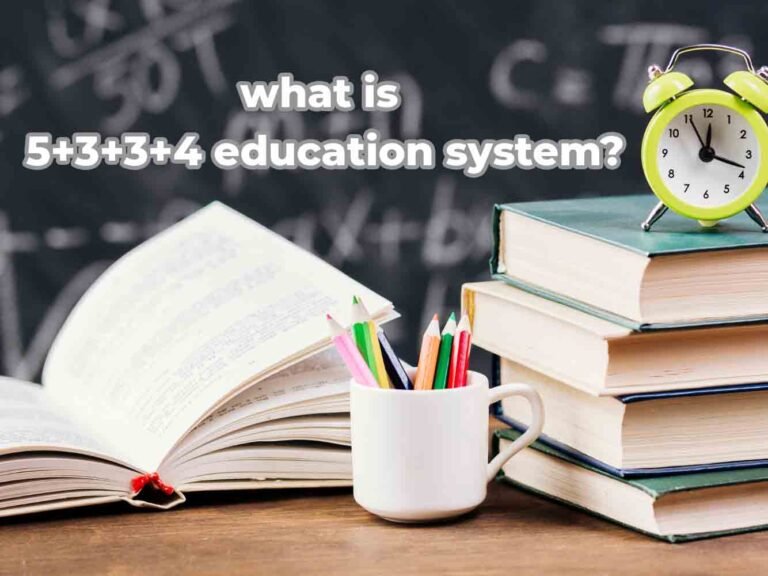Overview
Educating females is one of the most successful ways to help individuals, families, and whole societies to create a brighter future. Girls who have access to top-notch education equip themselves with the tools to reach financial independence, make intelligent decisions, and increase their general level of living. Still, the advantages go well beyond these ones.
Educating girls has a cascade effect, breaking poverty cycles, improving gender equality, and quickening economic growth to transform nations. It’s about improving many generations, not merely about one person’s life change. Let’s look at why among the wise and most influential choices we can make is funding females’ education.
Why Girls’ Education Matters
Later on they get married, have nicer families, and are more fitted to support their children in their studies. Apart from personal benefits, educating girls improves society, reduces inequality, and stimulates the economy by means of her influence. It is about realizing the possibilities of every culture, not merely about providing opportunities for women.
Girls Education pays for a future full of possibilities, equality, and invention. Later on they get married, have nicer families, and are more fitted to support their children in their studies. Apart from personal benefits, training girls improves society, reduces inequality, and stimulates the economy by means of her influence. It is about realizing the possibilities of every culture, not merely about providing opportunities for women. Teaching females pays for a future full of possibilities, equality, and invention.

Economic Benefits of Educating Girls
Educating girls is among the best strategies to boost stability and economic development. Education-minded girls are more likely to be working, pay more, and support financial health for their families and communities. This sets off a chain reaction: educated women spend in the health and education of their children, therefore creating better, more affluent homes.
In general, countries with higher girls education achieve lower poverty ratios and more effectively economic development. Moreover, educated women encourage innovation by bringing fresh ideas and talents to the workplace, therefore raising output. Giving girls’ education top importance not only benefits individual women but also contributes to create a more robust and resilient economy for everybody.
Health Advantages of Girls’ Education
For their families, their communities, and themselves, girls’ health benefits greatly from education. School-going girls are more likely to learn about cleanliness, diet, and disease prevention, so guiding their decisions all their life. Less young marriages among educated women help to lower the risks related to early pregnancies and problems during childbirth.
Understanding the need of immunizations, good care, and a balanced diet, they are also more likely to have healthy children. Girls education also increases mother health and helps lower child death rates. Investing in girls’ education opens the path for better families and stronger communities, so generating a positive cycle of well-being for next generations.

Social Impact of Educating Girls
Girls education has a great social influence that changes whole communities. Girls that attend school develop confidence and the capacity to engage more effectively in society. Education gives girls the means to question preconceptions and demand equal opportunities, therefore fostering gender equality. It also enables women to make decisions regarding their personal life and helps to lower early marriages.
Many times, educated females become role models, motivating others in their neighborhoods to appreciate knowledge and follow their aspirations. Furthermore, educated women are more likely to assume leadership positions and pursue inclusive and fair society construction. Education of females has far-reaching societal advantages that help to build stronger, more fair communities for all.
How Girls’ Education Impacts Communities
Girls education transforms communities and produces long-lasting good changes. Educated girls bring information, abilities, and confidence back to their homes. They are more likely to assume leadership positions, help local decisions be made, and motivate others to seek knowledge. Often advocating health, equality, and progress, which affects everyone around them.
Educated women also help to create Better family well-being, help to lower poverty, and encourage a learning culture for next generations. Communities with educated girls also often see more social peace, economic progress, and creativity. Investing in girls’ education lets us enable whole communities to flourish and create a better future together.

Barriers to Girls’ Education
Girls education has many advantages, but major obstacles prevent millions of females from registering in courses. One of the toughest issues is poverty since, with limited resources, families sometimes give boys’ schooling top attention. Moreover, things rely on cultural standards and gender stereotypes; some societies say that housework should come first than education.
Early marriages and child labor further cut women’s education and hence limit their aspirations. In some areas, lack of safe schools or facilities makes women find attending courses risky or uncomfortable and unacceptable. Not only challenging for individual girls, these hurdles prevent entire civilizations. Dealing with these problems ensures that every girl has the possibility to grow, learn, and contribute to build a better future for all.
Long-Term Benefits of Girls’ Education
Beyond individual success, the long-term effects of girls education influence families, communities, and even countries for next generations. Well educated girls become strong women who make wise decisions, lead better lives, and help to create more stable economies. By investing in their children’s education, they help to break the cycle of poverty and guarantee improved chances for next generations.
School-going girls are more likely to assume leadership roles, therefore advancing equality in their local areas. These developments throughout time produce more inclusive and fair societies. Giving girls education top priority not only enhances current living but also creates a better, more sustainable future for all.
Conclusion
Girls’ education is one wonderful instrument for transforming society, family, and personal life. Education is vital for girls’ development of the skills and confidence needed to create better futures for their communities and themselves. It improves health outcomes, helps to end poverty’s cycle, and promotes social equality and development. Educated women are more likely to follow fulfilling careers, support economic growth, and inspire positive change.
Their smarter, more educated children have a knock-on effect benefiting succeeding generations. Investing in a girl’s education is among the best things we can do for a better and more fair society, notwithstanding all the obstacles she must overcome. Not just a privilege, but education is the route to liberate women’s full potential. Giving girls’ education top attention enables individuals to empower themselves, build communities, and provide a better future for everybody. Unquestionably, education benefits girls; now it’s time for us to act to make sure every girl has chances to grow and learn.
FAQs:
Why is girls’ education important?
Girls’ education is absolutely important since it promotes gender equality, aids in the cycle of poverty to be broken, and generates a better, more rich society. It also gives women the tools to raise both their family’s and their own quality of living.
How does education of girls benefit society?
Education helps society, especially women, by raising economic growth, improving health outcomes, reducing child marriages, and creating a more inclusive and equitable society.
What are the primary challenges on girls’ educational road?
Poverty, cultural expectations, gender inequality, early marriage, and inadequate access to safe, high-quality education provide the toughest obstacles.
How can we promote girls’ education in underprivileged areas?
By means of scholarships, construction of safe schools, knowledge of the value of girls’ education, and implementation of inspiring policies to remove challenges, we might help to promote it.
What are the long-term effects of educating girls?
Stronger economies, better families, lower poverty, more female equality, and a more sustainable and fair planet for next generations define the long-term consequences.






















